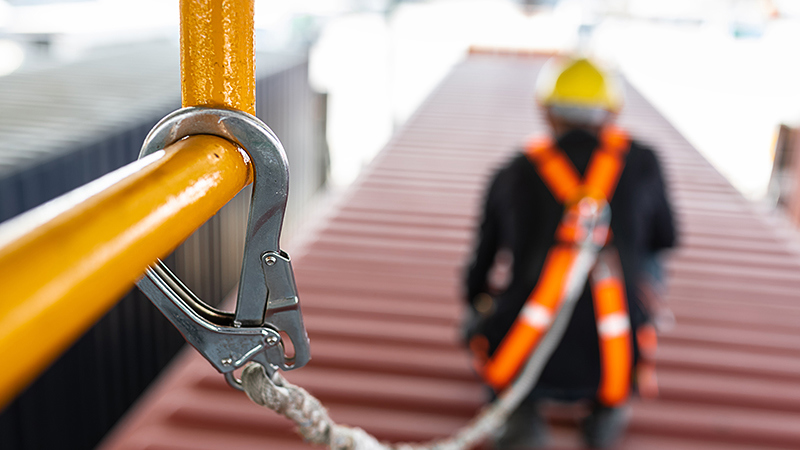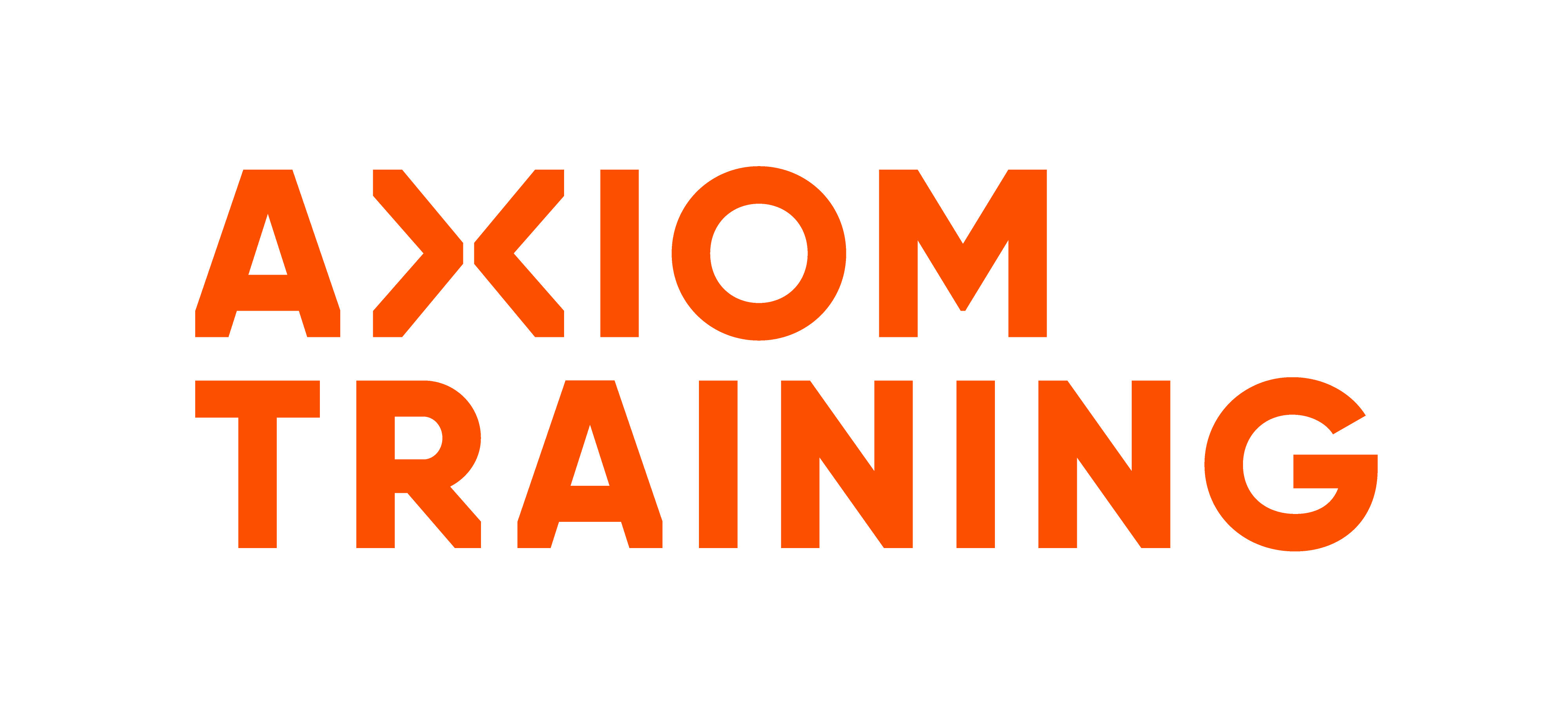White Paper: Height Safety
Taking the fall in Kiwi workplaces
Eliminate or minimise
These two simple steps can go a long way towards reducing falls in workplaces across the country.
According to the Ministry of Business, Innovation and Employment, falls while working at height cost New Zealand around $24 million each year, and of course the human toll is far, far greater. Statistics show around 70% of all falls are from ladders and roofs – most commonly on residential building sites. And surprisingly, more than half of them are from less than three metres.
If you’ve always lived by the often-quoted ‘three-meter rule’, Safety ’n Action’s Nick Matzopoulos, National Trainer Director at Safety ‘n Action says it’s time to think again.
“Serious injuries can still occur when people fall from these lower heights,” explains Nick. “And despite what some people think, the Health and Safety at Work Act 2015 (HSWA 2015) and the Health and Safety in Employment Regulations 1995 (HSE Regulations 21) make it crystal clear that even if a potential fall is under three metres, safety measures still need to be put in place.”
A Northland construction company found this out the hard way in 2018 when one of their workers was left permanently paralysed from the chest down after falling just two metres and landing on his head. The company was ordered to pay reparations of more than $150,000 - and the consequences for the worker were obviously far more devastating.
So how can we make sure accidents like this don’t happen? What can we do to play our part (and uphold our duty) in keeping our workers safe from falls?
Every worksite has different risks, so it’s important to identify and understand what the risks in your specific organisation are when it comes to working at height. Luckily, Safety ‘n Action are experts in this area! As New Zealand’s leading health and safety training provider, they have a comprehensive suite of height safety related training solutions. Better still, they can deliver training online, or face-to-face at your workplace or one of their state-of-the-art training centres.
From heights equipment inspection and general
height safety training all the way through to advanced height safety and safe use of mobile elevating work platforms – whatever working at height challenges your business faces, Safety ‘n Action has got you covered.
“It’s our job to ensure that you, the people you work with and the gear you use keep you safe. Ultimately, it all comes down to good planning and organisation, and putting in place some key safety measures. Start by planning a safe approach to working at height and you’ll be laying the ideal foundations.”
Five steps to height safety
1)The first step in planning safe working at height is identifying the hazards. Find out where your potential fall hazards are by carrying out physical inspections, and a thorough analysis of workplace tasks, processes and accident investigation.
2) Next up you need to assess the hazards – figure out how likely a fall would be, and if someone were to fall, how badly they could be injured.
3) The third - and most powerful - step in the plan is controlling the hazards, which is where those two magic words come in:
- Eliminate – hands down the very best and most effective solution. If the job can be done without exposing anyone to the risk of falling, it absolutely should be. If you don’t need to go up there, don’t!
- Minimise – if you can’t eliminate the fall risk then at the very least, you need to minimise it, through things like travel restraint systems, safety harnesses and soft landing systems.
Done all the above? Great, you’re now ready to implement the final two steps in your working at height safety plan!
4) Monitor your approach - through regular inspections, active supervision, and discussing control measures at toolbox talks and site meetings.
5) Document your approach – it goes without saying that an accurate record of the planning process and any relevant communications is a must.
And as with all workplace health and safety, worker participation is a crucial part of the process. Involve your workers in hazard management and you’ll be a giant step closer to the healthy and safe workplace that every Kiwi business – and worker - is striving for.
Working at heights is no joke. Failure to address risks can have devastating consequences. Safeguard your business - and even more importantly your staff - with effective hazard management and the right training.
View training solutions




